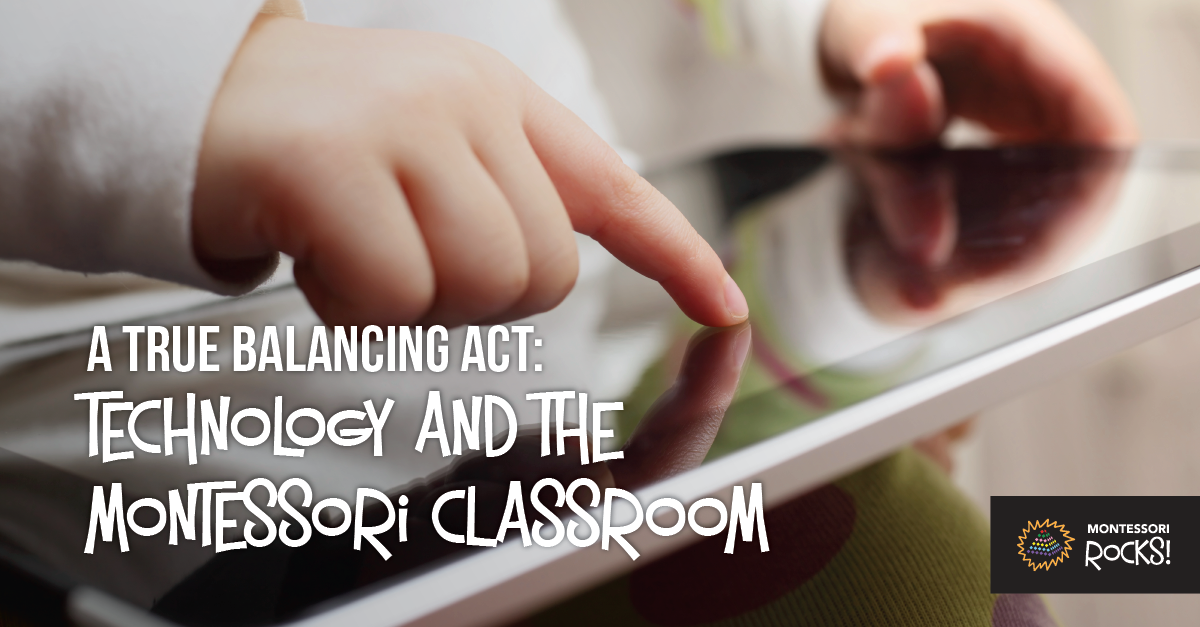"The environment must be designed in terms of the needs of the child himself, who step by step will be free from the necessity to combat obstacles and begin to manifest his own superior characteristics." - Maria Montessori

Technology in the classroom is a hot topic these days. This is doubly so within a Montessori environment where even trained Montessorians do not agree. My stance is this. If Dr. Maria Montessori was still here today, I believe she would have found a balance. A small place for technology in the classroom, in support of the child. After all, Dr. Montessori created her own materials to aid in the individual child's learning and understanding. So if there is a website that could help a child, why not at least consider it? While not all technologies, apps, programs, and sites are created equal, there are some good ones out there that truly do support student learning. There is a balance to be struck, however. No child should be on the screen for hours a day. In fact, there is plenty of research out there that proves how over-stimulated parts of the brain become when exposed to even 20 minutes of screen time, while other parts literally begin to atrophy. Before the child is 6 years old, according to Montessori philosophy, there really is no benefit to technology. The Primary child will use Montessori materials and books in the classroom, and also spend time out in nature. The Lower Elementary child follows this structure as well, with the occasional exposure to technology. An example might be a math game with dozens of practice equations or a language app with countless books to read or listen to. Such apps have parameters which can be set by the teacher (or parent) to stay aligned with a child's individual developmental level. As you reach Upper Elementary, one could argue the need to incorporate technology into the classroom increases. Being able to bring "more" to the child is important. Such as pictures or models of detailed artifacts, maps on Google Earth, examples of plant species, the sounds of various musical instruments, cultural examples like parades, pod casts, science videos, or research information, (to name a few). Still, technology is a personal preference for parents. Follow your parental gut. For the typical Montessori teacher, the answer to technology in the classroom is... everything in moderation.



